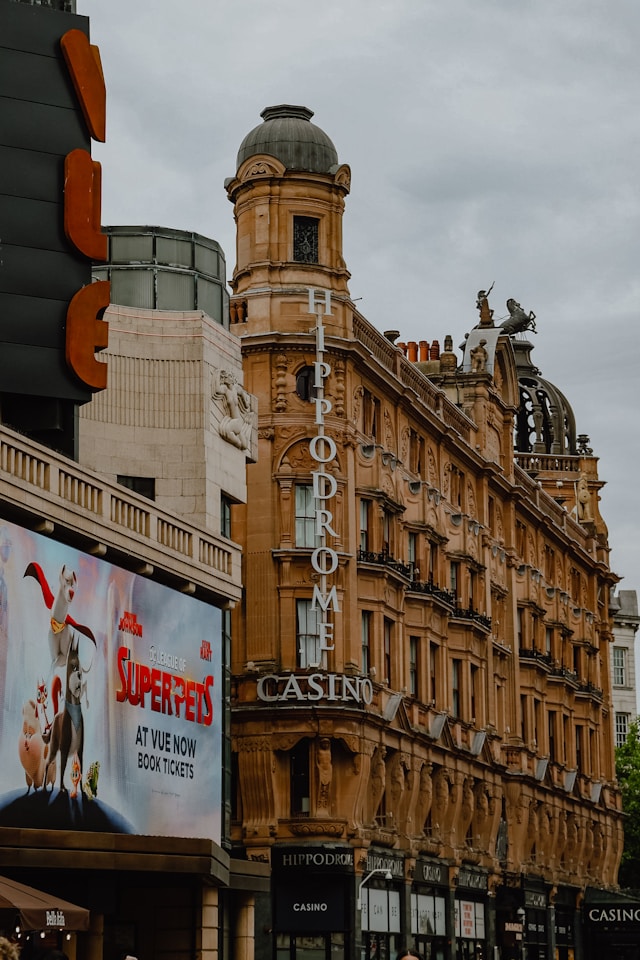London – the city that many consider the centre of football in the UK and Europe. Some of the top teams in the country and the world are all based here – Arsenal, Chelsea, Tottenham, West Ham, Fulham, Crystal Palace, Brentford, Milwall, etc.
What’s even more impressive is that each one of these teams has a massive following. Their stadiums are always packed with thousands of fans. So, you can easily see that football runs in the blood here.
In this article, we’ll take an unconventional look into the beauty of these football clubs. We’ll have a more “artsy” approach by admiring their stadiums. It’s safe to say that some of them are architectural wonders and they deserve recognition.
Tottenham Hotspur Stadium
The construction of Tottenham’s new stadium began in 2008. It would be an understatement to say that the project was tricky. Why? Because half of the stadium was supposed to occupy the space of the previous stadium. Its construction plans were revised several times. That’s why it wasn’t until April 2019 that the project finished.
And it’s safe to say that the new stadium is a modern architectural wonder. One of the best features is the retractable grass. This makes the stadium multi-purpose. Tottenham Hotspur Stadium is known for hosting various events apart from football.
These include American football matches and boxing events. In a way, this stadium has brought numerous sports closer to the fans. Of course, they’re keen to not just watch them but to place a bet or two.
After all, sports betting for fun is extremely popular in London and the UK. This stadium kind of helps people have a more localized experience when looking for the most popular sports to bet on. That way, they’re able to get the full thrill and excitement.
It’s also worth noting that the total capacity of the stadium is 62,850. Fans of the club refer to the stadium as New White Hart Lane.
Wembley Stadium
Few stadiums in the world are as legendary as Wembley. Norman Foster, Rob Sheard and Ken Shuttleworth designed this stadium. Almost every aspect of Wembley is a sight to behold. Take the 7,000-tonne steel roof. It eliminates the need for pillars.
The steel roof is in the form of an arch, which is 133 metres long. This is the most eye-catching feature of the stadium. Moreover, the stadium’s seating is a single bowl. Thanks to that, every fan has a clear view of the pitch, regardless of where they’re located.
Not only that, but the seats are extremely close to the pitch itself. In doing so, fans can have a unique experience. Considering the fact that Wembley hosts various important events, many people are fighting for these spots. The roof has retractable panels and thanks to that, the turf is always preserved and maintains high quality.
Wembley Stadium has a capacity of 90,000 fans and as such, it’s one of the biggest stadiums in the world.
Arsenal’s Highbury Stadium
These days, the land where Highbury Stadium was located is redeveloped and home to 711 properties. The place is called Highbury Square. The stadium that was the home ground to Arsenal was a true architectural wonder and that’s why we wanted to share a few words on it.
Archibald Leitch, William Binnie and Claude Ferrier designed it. The stands were extremely tight and close to the pitch. Thanks to that, fans were able to watch all the action up close. The East Stand had the Marble Halls and was built in 1936. It encompassed the Art Deco Style, which was fairly popular during the wars.
Interestingly enough, the location of the stadium was considered impossible by experts. That area had numerous residential houses. However, architects made the project possible and arriving there was quite the spectacle. Fans would walk through tight streets and the massive stadium would appear out of nowhere.
Highbury Square, which replaced the stadium, is also worth praising from an architectural aspect. Critics praised the whole project, especially for its open space and greenery.
West Ham United’s London Stadium
An interesting fact about London Stadium is that the decision to make West Hame the main tenant came with a lot of controversy. But we’re here to speak on its design, not the politics. London Stadium has two alter egos – Olympic Stadium and Stadium at Queen Elizabeth Olympic Park.
This is a multi-purpose stadium because it was built to host the 2012 Summer Olympics. For starters, the design of the stadium is unique – instead of being a rectangle, London Stadium is in the shape of a bowl. The entirety of the stadium is connected and there are even bridges to the main park.
Thanks to the fact that London Stadium was largely built with recycled materials, its weight is pretty light. The roof of the stadium is supported by white steel and the running track is burgundy, which suits West Ham’s team colours perfectly.




